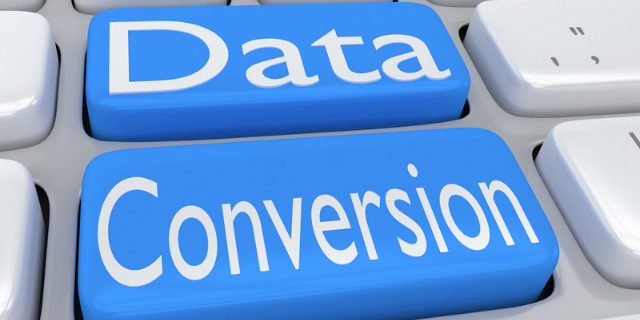For all of my Advancement Colleagues, I have a Precision Practices tip for you. I’m going to talk about the 4 stages that will help you prepare for Data Conversion and increase the success of your CRM Implementation.
When I first engage with my clients, I routinely ask – what are your major concerns about the implementation? What keeps you up at night?
Data Conversion is among the top 3 most common responses that I get. Everyone has heard horror stories about the pain of realizing errors in the converted data after go-live.
Simply put, they want to know…How do I meet stakeholders’ expectations and have clean and accurate data at go-live?
If you include the following 4 stages in your data conversion you will significantly increase your data conversion success. Our clients have achieved a 98% data conversion accuracy using this methodology to prepare for data conversion
Stage 1: Data Exclusion
The first stage is data exclusion. The objective is to leave behind all data that is no longer useful to the organization.
Method:
- Identify all data tables in your current database that have 0 records
- Identify all data fields in your current database that have no data, only contain 1 unique value (ex. all records have Y)
- Identify all data fields in your current database where there is old information that is no longer used, data that is not useful going forward, or was collected for a program/initiative that no longer exists
- Identify all fields that you are unable provide a clear definition for or you don’t remember the data is used
Action to Take: We want to completely remove this data from even being considered during the data conversion process. Pretend that is no longer exists.
Stage 2: Data Archiving
The second stage is data archiving. This is historical information where we can’t definitively say it that it is no longer useful, but at the same time we cannot identify a user that would use the information on a routine basis.
Method:
- Identify data tables, fields, or a subset of records that would not be useful for daily operations but would be helpful to refer to occasionally
- Identify data tables, fields, or a subset of records that may be useful during in-depth research
Action to Take: Establish a repository for data that has been archived that can be accessed by a select group of users. This data will not be included in the data conversion to the new CRM.
Stage 3: Data Clean-Up
The third stage is data clean up. The objective of this stage is to identify data that has been entered incorrectly or no longer complies with your current business rules. We DO NOT want to skip this step, because moving inaccurate data into your new CRM is the quickest way to eliminate any chance of user adoption.
Method:
Prioritizing is critical because there’s a lot of data that we’ve collected over the years. We need to prioritize the most critical information to clean up first.
- What information do we need on DAY 1? What is going to be the most visible to all users?
- Are there too many records to clean-up? This may be a good time to consider data archiving or maybe even data exclusion. If the records are beyond cleanup, maybe we don’t need them at all.
Action to Take: Whenever possible, have a database programmer develop database scripts that will clean-up many records at one time. For complex data clean-up that requires careful review, provide detailed instructions to subject matter experts to spread the workload.
Step 4: Data Transformation
The next stage is data transformation. This process focuses on the remaining data after data exclusion, data archiving, and data clean-up. The objective is to make the data conversion as simple as possible by realigning our legacy data to closely match the structure of our new CRM database. Complex logic or spaghetti code should not exist in our data conversion scripts.
Method:
- Are there multiple steps required to describe the mapping between a source field in our legacy system to a destination field in the new CRM database?
- Have we made design decisions or established new business rules that our existing data no longer fits?
Action to Take: Have a database programmer develop scripts that will take the legacy data and transform it into a structure, format, or value required by the new CRM database
As a recap, we explored 4 Stages that will prepare you a data conversion and lead to success when Implementing a CRM Solution for Advancement:
- Data Exclusion
- Data Archiving
- Data Clean-up
- Data Transformation
Leave a comment and share your data conversion experiences. Are there additional methods you would add to this list?

